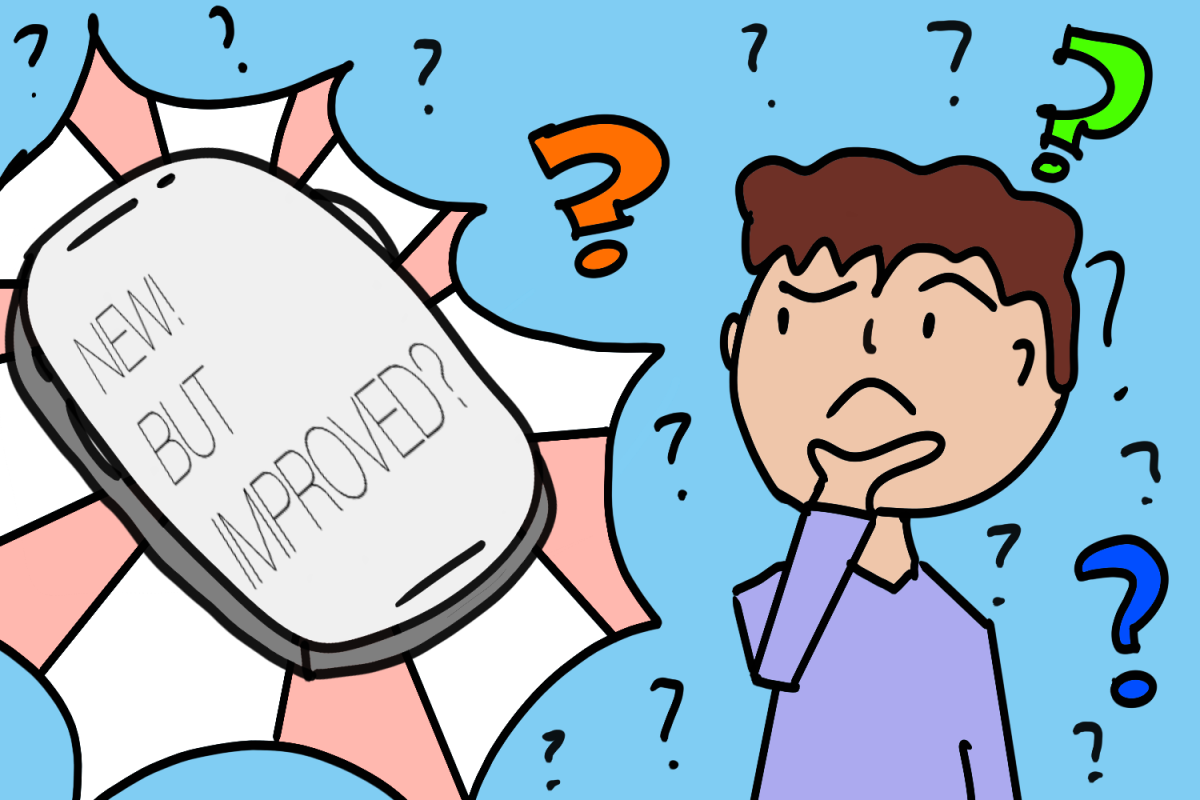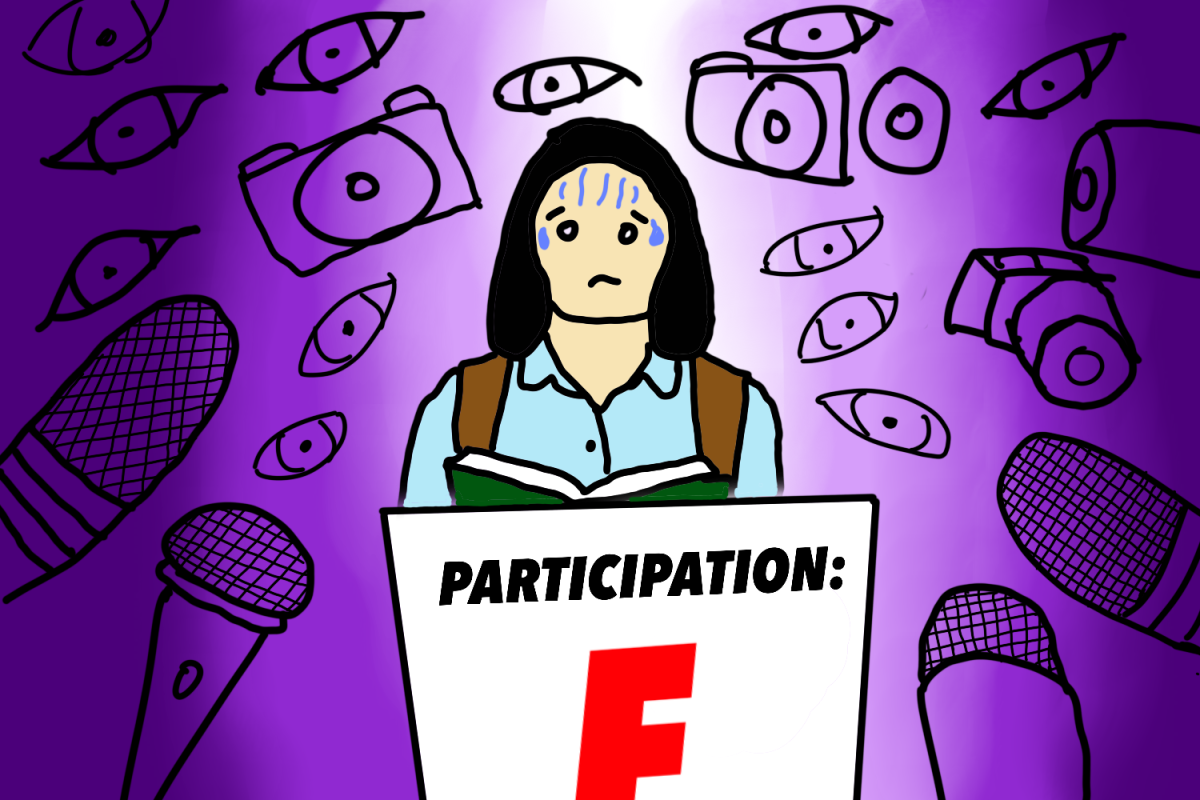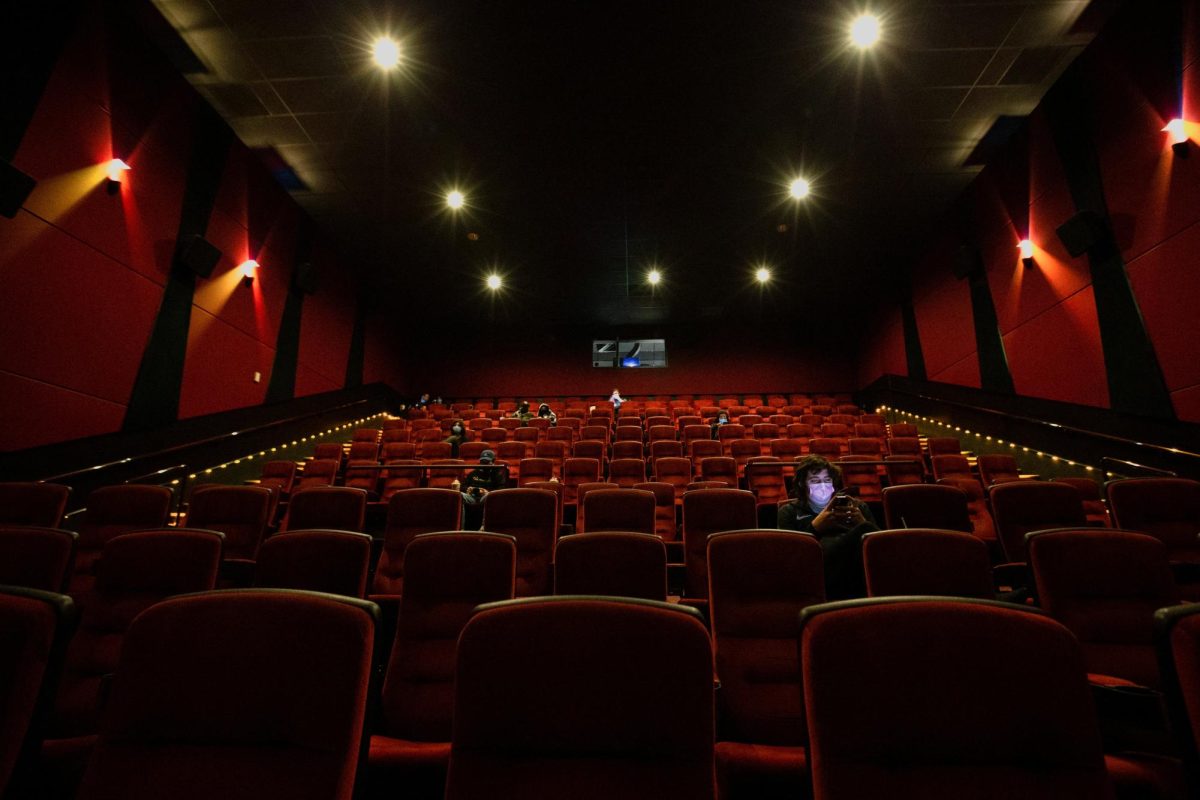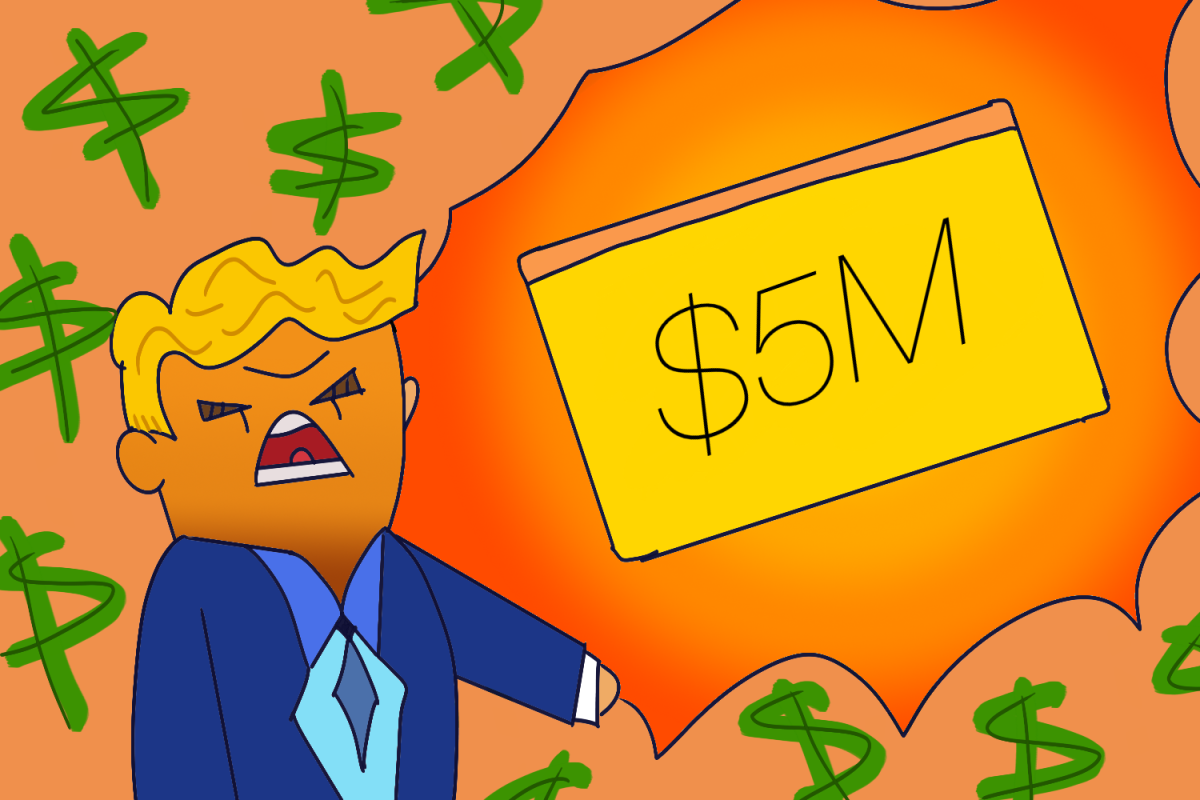In the tech field, Apple is often associated with luxury, innovation, and exclusivity—often at premium price points. As someone deeply interested in technology, I’ve consistently gravitated more towards their products than third-party alternatives. Over the years, I’ve owned nearly every piece of hardware, from the iPhone and iPad to AirPods, Mac, and Apple Watch. That is, until the Vision Pro arrived.
I was someone trapped in Apple’s infamous “Walled Garden.” The “Apple Walled Garden” refers to the tightly controlled ecosystem that the company has built, in which all of its products work seamlessly together but make it difficult to leave. iPhones sync effortlessly with Macs, AirPods switch devices without having to physically reconnect, and features like AirDrop, iMessage, and iCloud create a level of convenience that its competitors struggle to match. Once you’re inside this cycle, switching to another brand may feel like more trouble than it’s worth. Try using an Android phone or a Windows laptop, and suddenly, you’re locked out of features you once took for granted. Since the company’s founding, this strategy has worked in Apple’s favor. The exclusivity of its ecosystem kept users loyal, and the company’s reputation for innovation made every new product launch feel exciting.
I’ve watched every Apple product unveiling since middle school, eagerly anticipating the “next big thing,” to go along with my usual routine of buying new products every year. But on Sept. 9, 2024, as I watched the iPhone 16 launch at the It’s Glowtime event, something felt off.
Yes, Apple showcased a shinier design, a slightly better camera, and the “fastest chip ever in a smartphone” for what felt like the tenth year in a row. The newest flagship feature that debuted with the iPhone 16 was Apple Intelligence, Apple’s first purpose-built AI system meant to compete with Samsung’s Galaxy AI and Google’s Gemini. It integrates generative models with personal context to enhance communication, work, and expression, offering features like image generation, writing tools, and Siri enhancements.
Notably, however, Apple Intelligence did not roll out with the iPhone 16. Instead, it arrived later with the iOS 18.1 update as a beta. The delay was compounded by limited availability, as customers had to be placed on a waitlist to gain access. This frustrated many, who expected Apple’s latest innovation to be available at launch and had paid for a feature they couldn’t use until Apple Intelligence was released in October. This has become a troubling trend for Apple—promising groundbreaking features, only to delay them and leave customers feeling like they’ve paid for something they couldn’t use until a later point in time.
This disappointment reflects a larger issue: Apple’s reliance on hype over substance. For years, the company has mastered the art of marketing, convincing consumers that minor upgrades are “must-have”. But the cracks are starting to show. With other companies pushing forward with their own technological advancements, Apple’s incremental updates are no longer enough to justify its pricing—especially as consumer costs jump year after year.
The iPhone 17 Series marks a critical turning point for Apple. The company can no longer rely solely on brand loyalty, and it appears they’ve recognized the need for change. Recent leaks suggest that the iPhone 17 lineup will bring the most significant redesign in years. A new iPhone 17 Air model will replace the iPhone 16 Plus, boasting a 5.5mm thickness, making it the thinnest iPhone ever. Meanwhile, the iPhone 17 Pro Max is rumored to swap titanium for light-weight aluminum and introduce a redesigned camera bump, along with a two-toned glass back to enable wireless charging.
Still, skepticism remains. The company is at an inflection point. Apple has made bold promises before, only to underdeliver. While some existing customers may be unwilling to switch out, they will be less inclined to update their current devices, which would lead to slower market growth and declining revenue, as iPhone sales account for roughly 50% of Apple’s total earnings. This creates a huge opportunity for the company’s many competitors to gain a stronger foothold in the market and outdo the $3 trillion giant. With a meager stock, Apple is in dire need of a boost, and if the iPhone 17 launch fails to impress in September, the roots growing on its “walled garden” could become too large to ignore.



















